Cookie-based remarketing has been the name of the game in getting would-be conversions back to your site.
It’s a great way to close the sale that never happened.
And to save those conversions with a second, third, or fourth chance.
But the problem is:
It really doesn’t work that well, and it’s dying out.
Remarketing every single site visitor doesn’t work like it used to anymore.
Over 66% of mobile devices don’t accept cookies, meaning you’re already missing out on tons of mobile users.
That means customers could be viewing your products on mobile and you’d have no chance at remarketing to them.
Meaning that they could have even added your products to their carts and you’d have no way of knowing who they are and how many times they’ve clicked on your site.
Plus, when they get home and click on your desktop site, they look like brand new visitors.
And that means they’ll likely see a barrage of remarketing ads that don’t relate to their prior experience with your company or products.
It’s no secret that the average user is browsing on different platforms such as mobile, desktop, and tablet.
And it’s likely that they’re using different browsers depending on which ones they prefer, as well (Safari, Chrome, Firefox).
And it’s likely that they’re using different browsers depending on which ones they prefer, as well (Safari, Chrome, Firefox).
So what does that mean for marketers?
Cookie-based advertising is fading out. The trends are changing, and we need to jump ship before it all goes down.
Thankfully, there’s people-based targeting.
Today I’m going to show you what cookie-based advertising is, why it’s not going to work in 2018, and what to do instead.
What is cookie-based advertising?
So, what is cookie-based advertising? What even is a ‘cookie’?
Here’s what Google has to say about web cookies:
Still confused? Me, too.
Here’s my take:
Cookies are small messages that web servers will pass to your browser when you visit a site. Your browser will store this information and send it back to the server when you visit again.
Meaning that all the information about your actions and browsing history are relayed back to the server for a marketer to use.
That’s how you can remarket and target people in different stages of the funnel.
That’s how you can find out if a user has seen an ad too many times.
Or if they abandoned with products in their cart.
Still confused? Here’s a basic three-step process that helps to break down what in the world cookies are:
And you can see the majority of cookie-based advertising in typical tactics like remarketing.
For example, let’s say you visit a website like GoDaddy to search for new domains.
Then you head over to Facebook to engage with some friends and family, and you see this:
That’s a great example of cookie-based advertising. They know that you visited their site, and they tracked you to Facebook, too.
But, they still don’t have your email. It’s based on cookies instead.
And unfortunately for GoDaddy, when I head over to my iPhone and browse Facebook, I won’t see this ad.
Why? Cookies don’t exist on mobile apps (more on this later).
And the majority of people using Facebook are using it only on mobile:
So how on Earth are you supposed to reach these people when cookies don’t even work on mobile applications?
You simply can’t.
Cookie-based advertising relies on stored information that bounces between a user’s computer and a server.
So what happens when you can’t use cookie-style advertising? When you can’t rely on it for accurate information of the real user experience?
Now that you’ve got a basic grasp on what cookies are, let me explain why it won’t work in your future marketing strategy.
Why it won’t work in 2018
Cookies are awesome, right?
They help you track things like how many times a user has seen your ad to help avoid ad fatigue, and they help you know what pages are browsed signaling intent.
But, they are fading out. They’re not as effective as they once were.
Unfortunately, they aren’t the gold standard anymore. With changing technology and changing platforms, it only makes sense that they aren’t the top-shelf tactic.
Here are a few reasons why cookie-based advertising isn’t going to work in 2018.
Mobile usage is growing.
The majority of mobile devices don’t allow cookies.
And the majority of website traffic is now coming from mobile devices. Over 51% in fact:
On top of that, I have some worse news for you:
Users on mobile devices spend only 8% of their time on a browser. Meaning that they’re spending 92% of their time using mobile apps like Facebook, Twitter, games, and music.
And since cookies don’t work on mobile apps, they’re really not useful for when you’re trying to reach all those users.
All that time spent browsing Facebook and music applications won’t allow you to remarket to them.
You can’t collect any information from them.
And that’s a marketer’s worst nightmare. These users are coming and going from your site without you knowing who they are and what they’ve already done.
Then they’re coming home to use their desktop computers, and you’re treating them like brand new visitors.
You’re sending them remarketing ads that aren’t in line with their funnel stage.
And that’s a recipe for disaster.
They might be ready to convert, yet you could be sending them a basic remarketing ad to download an ebook.
And chances are, that won’t work.
And to put the icing on the cake:
Cookies aren’t even consistent or effective on mobile browsers, either.
For example, Safari holds the majority share of mobile-browser usage. That’s even higher than Google Chrome:
But Safari doesn’t allow any cookies on mobile devices. So all that mobile traffic on iPhones is being lost, never to be found again.
Cookies expire.
On top of mobile usage growing and the lack of cookies on apps and mobile browsers, cookies expire.
And with new technologies like anti-virus, ad blocking, and the ability to clear cookies on your own, their shelf-life has gotten even shorter.
Most cookies only have a 30-60 day window before they’re gone forever.
Meaning that you probably don’t have an accurate picture of your customer’s journey on your site.
And it’s all too easy to clear cookies on your own:
You simply head to your browsing history settings and clear them. You’ve probably done it before, and you might even do it on a routine basis.
If you don’t clear cookies manually, but you have an antivirus program installed on your computer, the program likely automatically clears your cookies on a routine basis.
So depending on them as a consistent source of business is risky, because they don’t provide accurate information if a revisiting customer has cleared them.
Cookies are device specific.
Cookies are device specific, not people specific.
So if someone visits your website on their desktop computer using Google Chrome but then uses Safari on their iPhone, you wouldn’t have any idea.
With the growth of mobile traffic and the diverse array of applications available to users, it’s no wonder that cookies are starting to become less functional.
And what if two people are sharing a computer or one person is using multiple browsers? You could be marketing to one or more people like they are the same person.
Which can be a huge waste of time for households that share one computer, like a family, where one or more members are adults, and the rest are children of varying ages.
Those children won’t be interested in the same ads as their parents. And they’re going to ignore them.
There are countless possibilities as to why and how cookies can fail.
So, what do you do instead? How do you prepare for this monumental shift in cookie-based advertising? How do you still give an excellent user experience and collect vital information?
Here’s what to do instead.
What’s coming next: people-based advertising
So, now that we know why cookie-based advertising is starting to become a thing of the past, what do we do instead? What will replace it?
The shift has pointed to people-based advertising.
And here’s what that means:
People-based marketing is the approach to targeting each individual across all devices, apps, and browsers.
It’s essentially the result of creating individualized profiles for each visitor. Think of it like you would with customers in a brick-and-mortar store:
People-based advertising would mean that the entire customer experience isn’t just a web cookie.
It’s personalized for every visitor, meaning that we can track everything that visitor used, liked or interacted with.
A typical sales rep in a store can nurture the customer and push them to make a purchase decision.
But that’s not the current trend in the online marketing landscape.
This is the current state of cookie-based advertising:
The potential customer will check out your website, browse products and show a high intent to purchase, but will end up leaving.
There’s no sales associate to help. Nobody to steer them to convert. And often, those cookies are lost forever on mobile.
So how exactly does people-based advertising differ from cookie-based advertising?
Here’s an awesome example from The Wall Street Journal:
Let me break it down for you:
Cookies track browsing habits such as articles clicked on. Next, that information is sent to a third-party. Lastly, advertisers pay money to market to them.
But the flaws of data loss and mobile cookies are all too prevalent.
With people-based advertising, each user would get a specific tracking ID number to track their progress across multiple devices and applications.
How it works
This all sounds great, right? But it also sounds like a bunch of marketing jargon or a new growth-hack style buzzword.
How do we really track someone without cookies on every stage of their customer journey?
How do we know if they’ve interacted on social media, or browsed on your app or visited your site via mobile browsers?
With a specific identifier, like email.
Think about it. Nearly every single application or program you use today requires email.
And think about the last website you visited. Did it ask for your email in exchange for a coupon, information, etc.?
It probably did.
Because email is still the name of the game in marketing.
Email is incredibly diverse, and it’s exactly what companies like BounceX are using to institute people-based marketing strategies.
BounceX describes the use of email for cross-application (and device) targeting like a social security number.
It’s a unique identifier that links every person online to a specific set of accounts and behaviors.
Meaning that instead of relying on cookies that expire or don’t translate across multiple devices and platforms, we can now rely on things like email that are consistent and reliable.
Data says that it works, too
Just like BounceX, Signal.Co is another company that focuses heavily on people-based solutions.
Signal’s platform focuses on connecting users to every experience they have online.
From every touch point and every device or application, tracking these behaviors has been proven to increase the success of online advertising.
Signal worked with a popular Japanese commerce company that wanted to increase their upsells of platinum credit cards to existing users.
But the company realized that using remarketing pixels based on cookies wasn’t working.
They were getting low rates of return visitors, and the data just wasn’t accurate enough.
So they sought out Signal to help increase their success at bringing visitors back.
By tapping into emails as a signal point (instead of cookies), they successfully increased the number of people they reached.
On top of that, the cost per acquisition decreased by 51%.
Ad impressions were 94x greater, and conversion efficiency was 6x greater due to increasing conversions at such a reduced cost.
And that’s not all. Signal created an infographic with the help of Econsultancy where they surveyed 350 marketing professionals from North America.
And they found some incredible data on the success of addressable media, otherwise known as people-based marketing.
They found that 1 in 4 media buyers reported people-based advertising to be a growing portion of ad spend:
And on top of that, 83% of media buyers using people-based advertising saw better performance when compared to traditional display ads.
63% of advertisers using people-based techniques saw better click-through rates, too!
And lastly, the majority of marketers using people-based advertising techniques saw a better return on investment with their campaigns:
So why is this such a big deal?
Because it’s going beyond personalization. Beyond omnichannel marketing tactics.
It’s accurately measuring the user experience instead of targeting a pixel.
It’s important because 58% of cookie-based measurement is overstated. 12% of conversions are missed with cookie-based advertising, too.
So, what does that mean for the future of advertising and remarketing?
What this means for the future
According to Forrester Research and Forbes, people-based marketing is a major shift in the marketing industry.
Instead of targeting specific devices, the future will focus on targeting people. Delivering ads to the right people at the right time.
Instead of typical remarketing ads that focus on cookies and device-based targeting, marketers will be able to reach the same person across all platforms and devices without the need for faulty cookies.
The whole goal of people-based marketing is this:
Having greater success and assurance that your marketing messages are reaching real people and driving real results.
Conclusion
Cookie-based remarketing is a go-to for most marketers in their marketing strategy.
It’s one of the easiest ways to close sales that were left open.
It allows you to save those precious conversions that you nearly lost forever.
But, there’s one glaring problem:
Cookie-based advertising is dying out. It’s not performing like it used to.
Why? Because nearly 70% of mobile devices aren’t accepting cookies.
And that means you’re missing out on remarketing tons of mobile users who make up a huge chunk of your target audience.
On top of that, a customer could be viewing your products on their iPhone’s Safari browser yet also viewing on their Chrome desktop browser.
That means you have no idea who is viewing what anymore, and you can’t tell if a user revisits you from a different device.
There are just too many platforms, browsers, and devices to choose from.
So remarketing them becomes more and more difficult when you don’t know the exact touch points they’ve hit…or even who they really are.
So, what does that mean for marketers?
How do you capture leads from that large amount of mobile users that don’t have cookies?
It means you have to ditch the cookies. They just aren’t working anymore.
Start by preparing for people-based marketing tactics.
Keep collecting emails that you can use to target users across every device, platform, and application.
People-based advertising will mark a fundamental shift in how we advertise and remarket.
What people-based advertising techniques are you investing more of your time and money into?

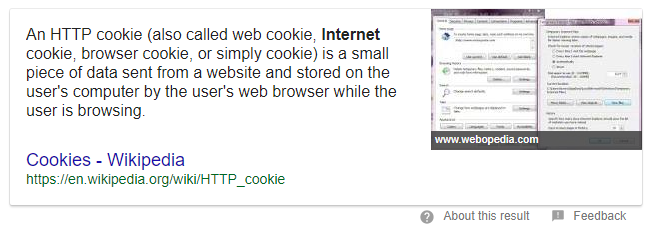
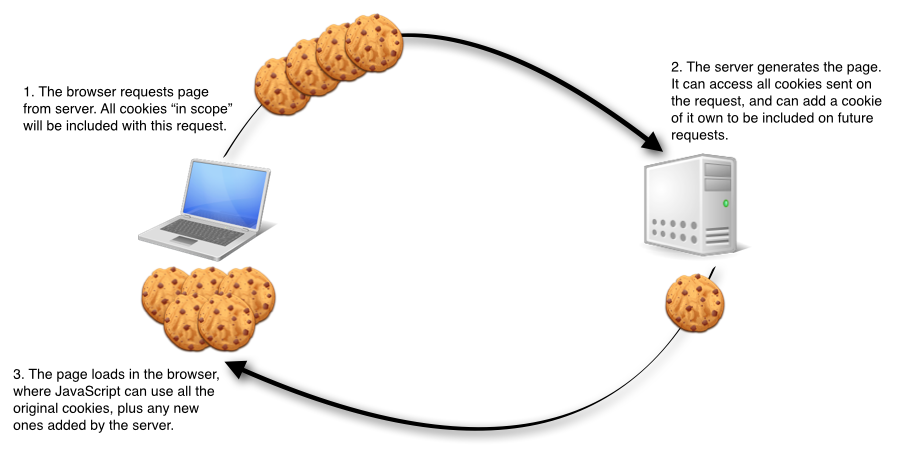



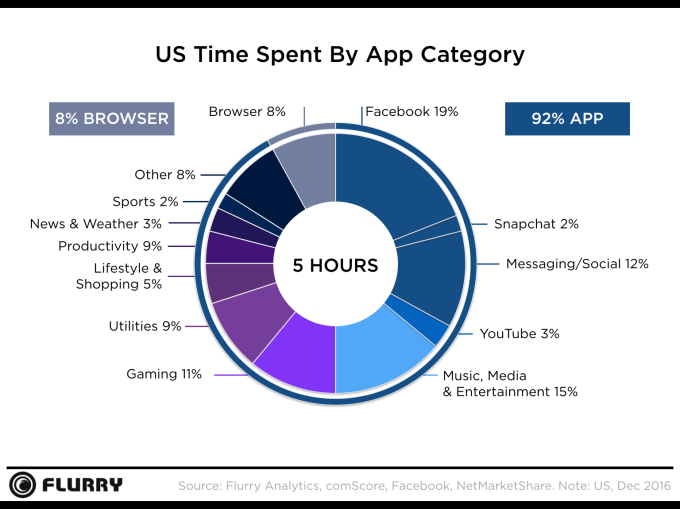
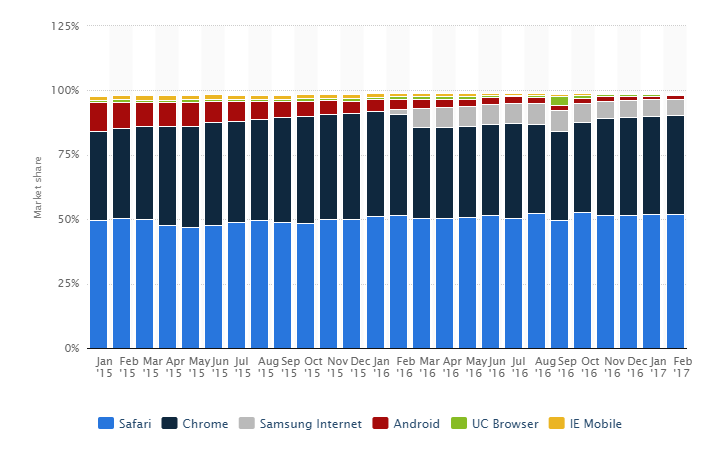

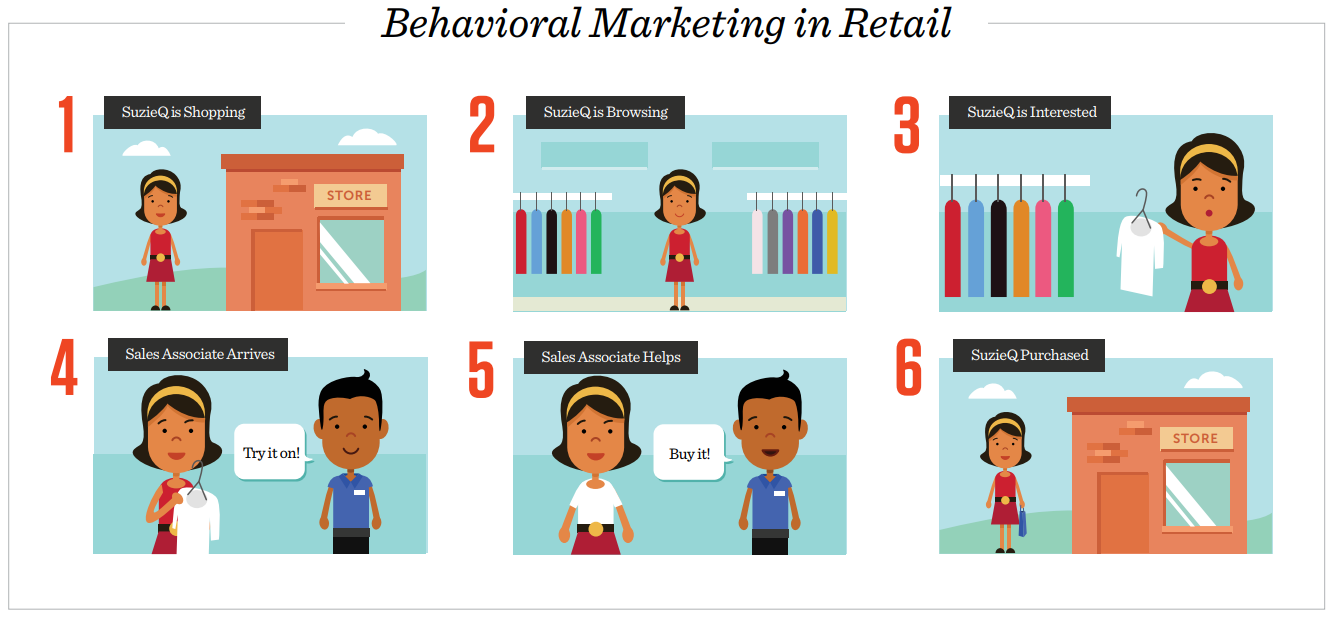
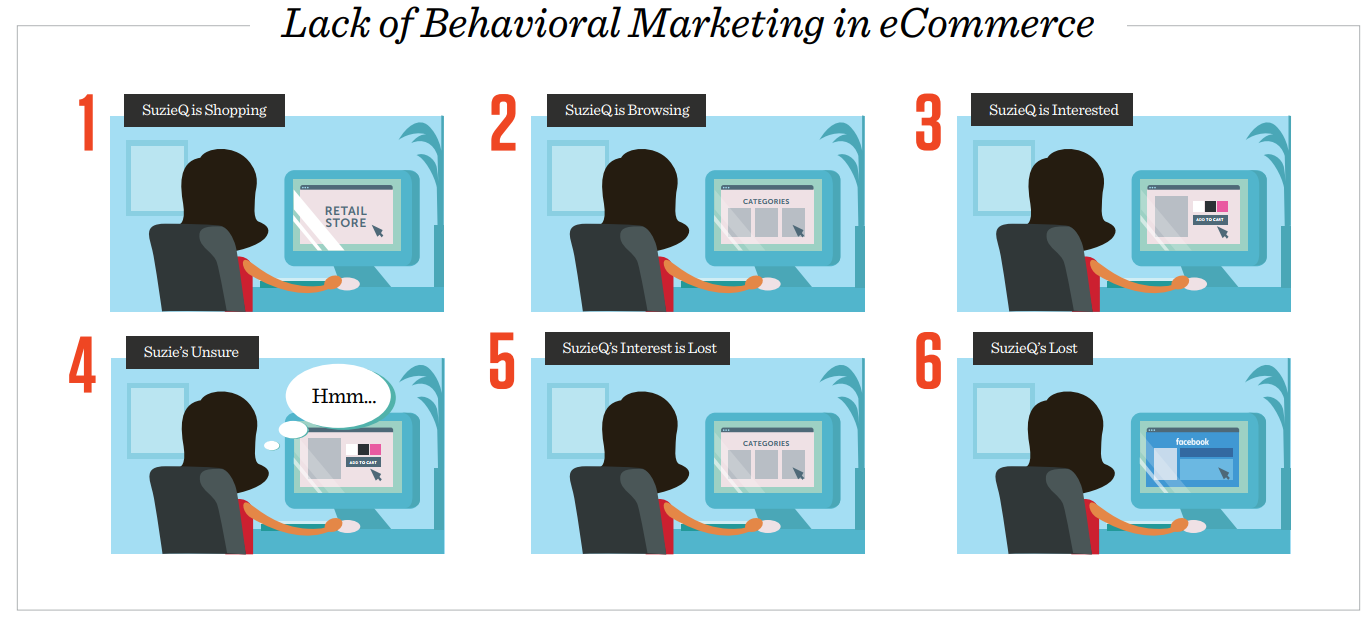
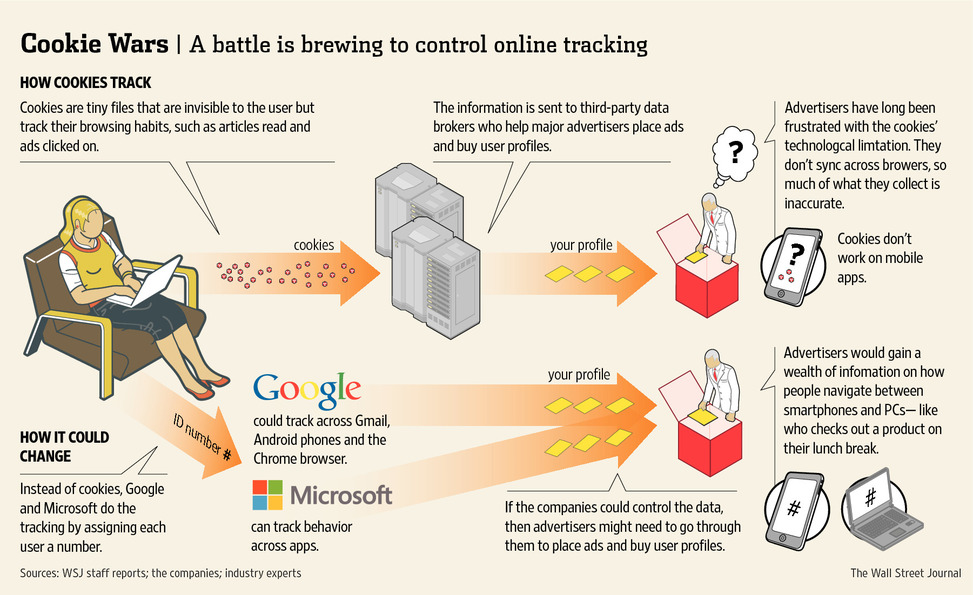

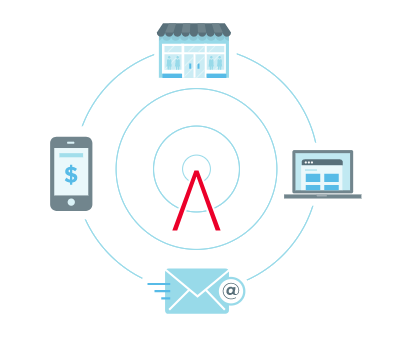
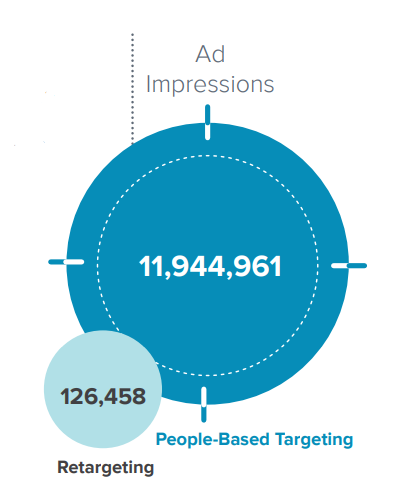


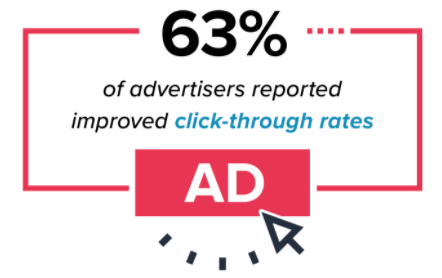
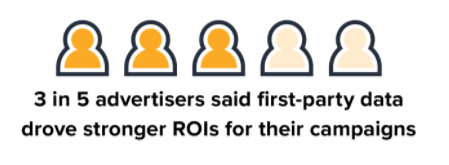
Comments (12)